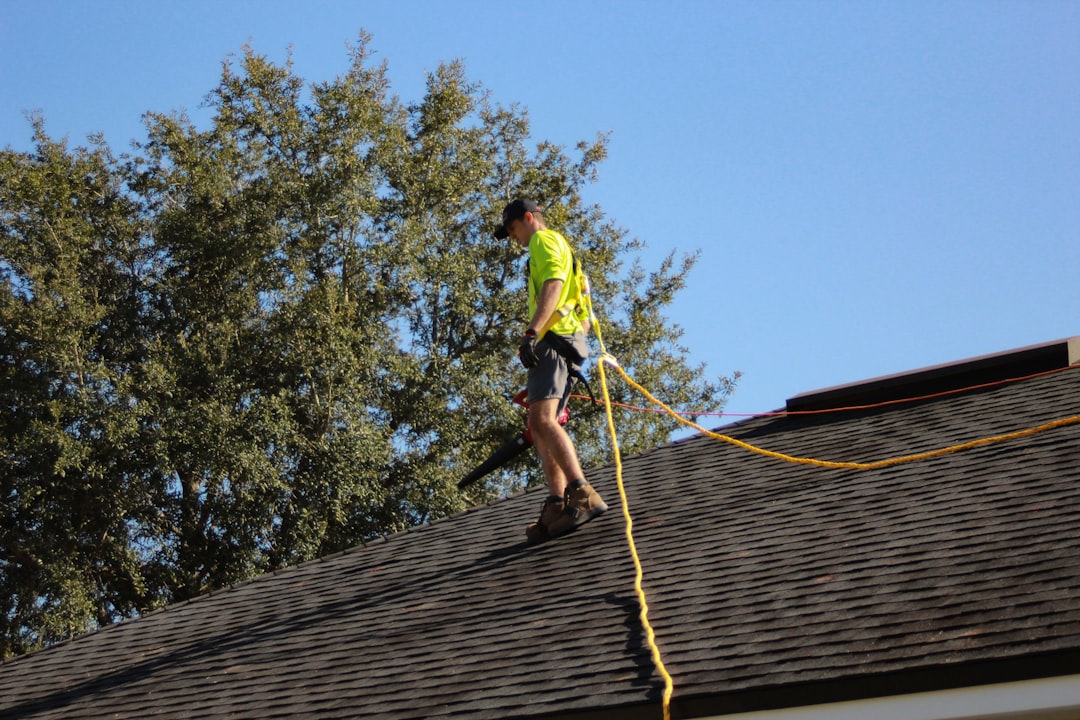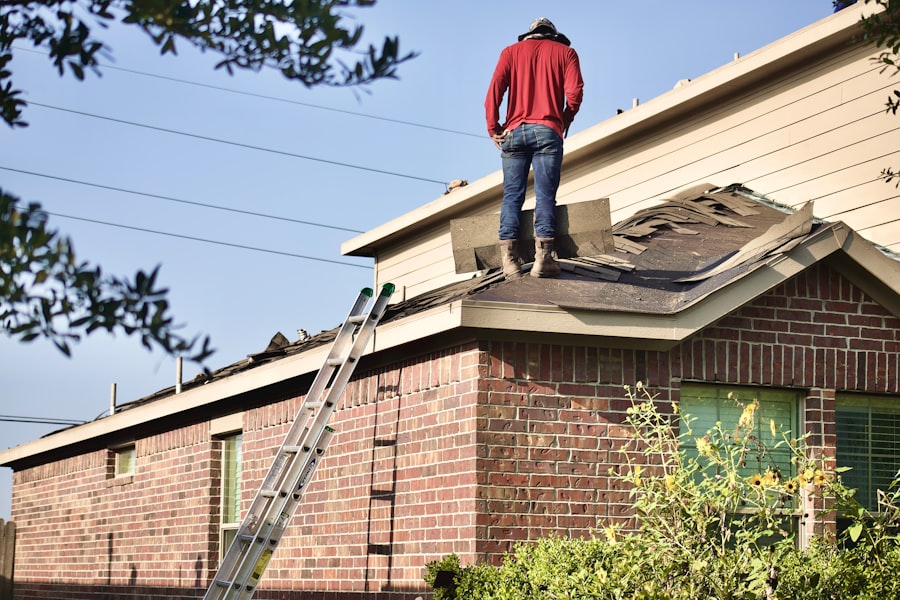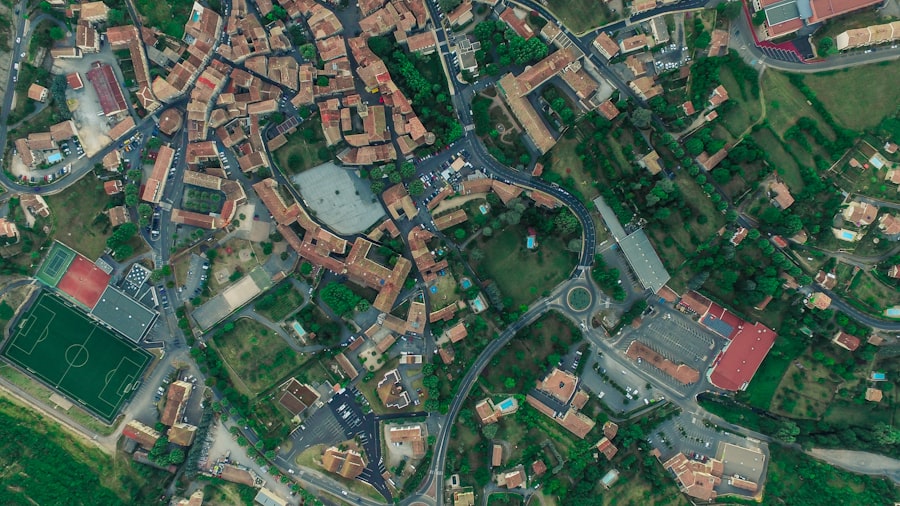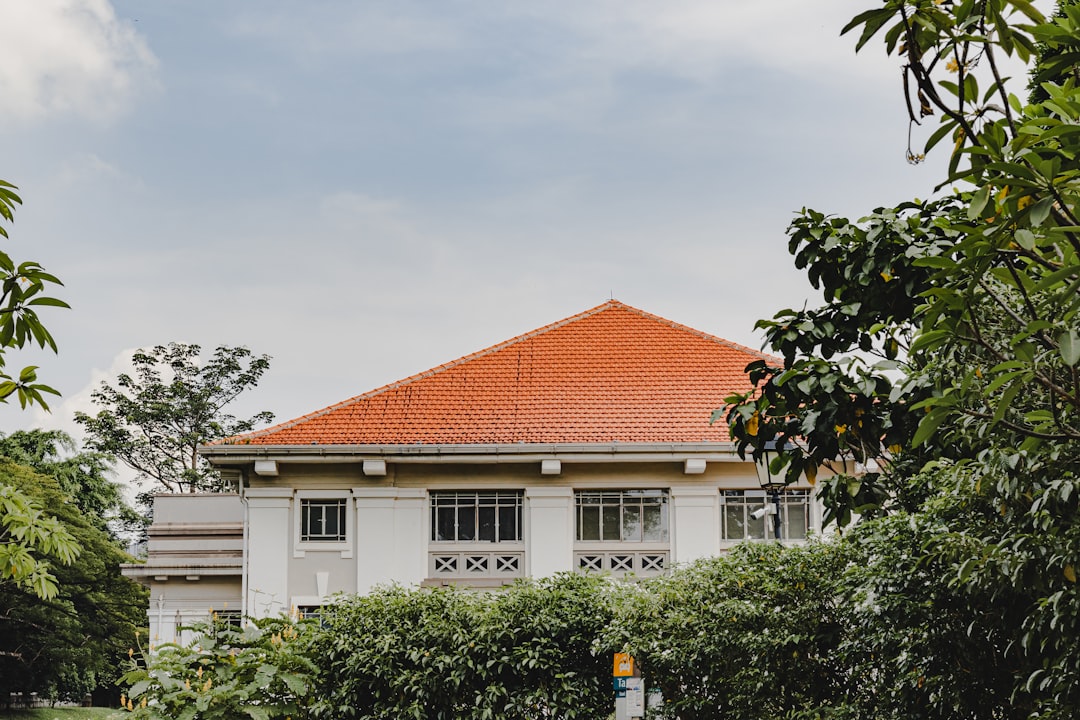Metal roofing has become an increasingly popular choice for homeowners due to its numerous benefits. Not only does it provide durability and weather resistance, but it also offers energy efficiency, low maintenance, and a wide range of aesthetic options. In addition, metal roofing is fire-resistant, environmentally sustainable, and can increase the resale value of your home. With its long-term cost-effectiveness and easy installation process, metal roofing is a smart investment for any homeowner. In this article, we will explore each of these benefits in detail and provide examples and data to support these claims.
Key Takeaways
- Metal roofing lasts longer than traditional roofing materials.
- Metal roofing can withstand extreme weather conditions.
- Metal roofing reflects heat and reduces energy costs.
- Metal roofing requires minimal maintenance and upkeep.
- Metal roofing comes in a variety of styles and colors to complement any home.
Durability
One of the key advantages of metal roofing is its exceptional durability. Unlike traditional roofing materials such as asphalt shingles or wood shakes, metal roofing can last up to 50 years or more with proper maintenance. This longevity is due to the inherent strength and resistance of metal against various elements.
Metal roofing is highly resistant to damage from extreme weather conditions such as hail, high winds, and heavy snowfall. For example, during a severe hailstorm, metal roofing can withstand impact without cracking or breaking like other materials might. In areas prone to hurricanes or strong winds, metal roofing is designed to be securely fastened to the structure of the home, providing added protection against wind uplift.
Weather Resistance
In addition to its durability, metal roofing is known for its exceptional weather resistance. It can withstand extreme weather conditions such as heavy rain, snow, and even wildfires. Metal roofing is designed to shed water quickly and efficiently, preventing leaks and water damage to the underlying structure.
During heavy snowfall, metal roofing’s smooth surface allows snow to slide off easily, reducing the risk of roof collapse due to excessive weight. This feature is particularly beneficial for homeowners in regions with heavy snowfall.
Furthermore, metal roofing is non-combustible and can help protect your home from wildfires. Unlike traditional roofing materials that can catch fire easily, metal roofing is resistant to sparks and embers, preventing the spread of fire to your home.
Energy Efficiency
| Category | Metric | Value |
|---|---|---|
| Residential | Average household energy consumption | 10,399 kWh/year |
| Percentage of homes with energy-efficient appliances | 45% | |
| Percentage of homes with energy-efficient windows | 30% | |
| Commercial | Average energy consumption per square foot | 50 kWh/sq ft/year |
| Percentage of buildings with energy-efficient lighting | 60% | |
| Percentage of buildings with energy-efficient HVAC systems | 40% | |
| Transportation | Average fuel efficiency of passenger vehicles | 24.7 mpg |
| Percentage of public transportation powered by renewable energy | 15% |
Metal roofing is also highly energy-efficient, making it an excellent choice for homeowners looking to reduce their energy costs. Metal roofs are designed to reflect heat from the sun, keeping your home cooler in the summer months. This reflective property can significantly reduce the need for air conditioning and lower your energy consumption.
According to the Cool Roof Rating Council, metal roofing can reduce cooling costs by up to 25%. This energy savings can translate into significant cost savings over time, making metal roofing a wise investment for homeowners.
Low Maintenance
Another advantage of metal roofing is its low maintenance requirements. Unlike traditional roofing materials that may require regular inspections, repairs, and replacements, metal roofing is virtually maintenance-free.
Metal roofs are resistant to rot, mildew, and insect damage, eliminating the need for frequent repairs or replacements. Additionally, metal roofing does not require regular cleaning or treatments to maintain its appearance or performance.
Comparatively, traditional roofing materials such as asphalt shingles may require regular inspections for signs of damage or wear and tear. They may also need periodic cleaning and treatments to prevent moss or algae growth.
Aesthetics

Metal roofing offers a wide range of styles and colors to complement any home’s architectural style and personal preference. Whether you prefer a traditional look or a more modern aesthetic, there is a metal roofing option available for you.
Metal roofs can be designed to mimic the appearance of other materials such as slate, tile, or wood shakes. They can also be customized with various finishes and coatings to achieve the desired look. Additionally, metal roofing comes in a variety of colors, allowing homeowners to choose a shade that matches their home’s exterior.
Fire Resistance
One of the most significant advantages of metal roofing is its fire resistance. Metal roofs are non-combustible and can help protect your home from fires. Unlike traditional roofing materials that can catch fire easily, metal roofing is resistant to sparks and embers, preventing the spread of fire to your home.
There have been numerous instances where metal roofing has prevented fires from spreading and causing extensive damage. For example, during wildfires, homes with metal roofs have been known to survive while neighboring homes with traditional roofing materials have been destroyed.
Environmental Sustainability
Metal roofing is an environmentally sustainable choice for homeowners. It is made from recycled materials and is fully recyclable at the end of its lifespan. This reduces the demand for new raw materials and minimizes waste in landfills.
Furthermore, metal roofing is energy-efficient, reducing the need for excessive energy consumption for cooling. This helps reduce greenhouse gas emissions and contributes to a more sustainable environment.
According to the Metal Roofing Alliance, metal roofing can save up to 40% in energy costs compared to traditional roofing materials. This energy savings not only benefits homeowners but also helps reduce the overall carbon footprint.
Increased Home Value
Investing in metal roofing can significantly increase the resale value of your home. According to a study conducted by Remodeling Magazine, homeowners can recoup an average of 85.9% of their investment in a metal roof when they sell their home.
Metal roofing is highly desirable among homebuyers due to its durability, energy efficiency, and low maintenance requirements. Potential buyers recognize the long-term cost savings and peace of mind that come with a metal roof, making it a valuable selling point for your home.
Cost-Effective
While the upfront cost of metal roofing may be higher than traditional roofing materials, it is a long-term investment that can save you money in the long run. Metal roofs have a longer lifespan compared to other materials, reducing the need for frequent repairs or replacements.
Additionally, metal roofing’s energy efficiency can lead to significant cost savings on cooling and heating bills. According to the Metal Roofing Alliance, homeowners can save up to 25% on cooling costs with a metal roof.
Furthermore, metal roofing is resistant to damage from weather events, reducing the risk of costly repairs or insurance claims. This durability and resistance to damage can save homeowners money over time.
Easy Installation
Metal roofing is lightweight and easy to install, reducing installation time and costs. The lightweight nature of metal roofing allows for quick and efficient installation, minimizing labor costs.
Furthermore, metal roofing can be installed directly over existing roofing materials in some cases, eliminating the need for costly and time-consuming tear-offs. This can significantly reduce the overall installation time and costs.
There have been numerous instances where metal roofing installation has been quick and efficient. For example, in areas prone to severe weather events such as hurricanes, metal roofing has been installed rapidly to provide immediate protection for homes.
In conclusion, metal roofing offers numerous benefits that make it an excellent choice for homeowners. Its durability, weather resistance, energy efficiency, low maintenance requirements, and aesthetic options make it a smart investment for any homeowner. Additionally, metal roofing’s fire resistance, environmental sustainability, increased home value, cost-effectiveness, and easy installation process further contribute to its appeal. If you are considering a new roof for your home, it is worth exploring the benefits of metal roofing and how it can enhance your home’s performance and value.
If you’re considering metal roofing for your home, you’ll want to check out this comprehensive guide on the pros and cons of metal roofing. This article from San Pedro Roofers provides valuable insights into the benefits and drawbacks of choosing metal as your roofing material. From its durability and energy efficiency to its potential for noise and denting, this article covers it all. To learn more about metal roofing, visit https://sanpedroroofers.com/gleaming-valor-weighing%e2%81%a3-metal-roofings-pros-and-cons/.
FAQs
What is metal roofing?
Metal roofing is a type of roofing material made from metal pieces or tiles. It is a durable and long-lasting option for roofing.
What are the benefits of metal roofing?
Metal roofing is durable, fire-resistant, energy-efficient, and low-maintenance. It can also increase the value of a property and has a long lifespan.
What types of metal are used for metal roofing?
The most common types of metal used for metal roofing are steel, aluminum, copper, and zinc.
How long does metal roofing last?
Metal roofing can last for 50 years or more with proper installation and maintenance.
Is metal roofing more expensive than other roofing materials?
Metal roofing can be more expensive than some other roofing materials, but it is also more durable and long-lasting, making it a cost-effective option in the long run.
Can metal roofing be installed over an existing roof?
In some cases, metal roofing can be installed over an existing roof. However, it is important to consult with a professional to determine if this is a viable option for your specific situation.
Is metal roofing noisy during rain or hail?
Metal roofing can be noisy during rain or hail, but proper insulation and underlayment can help reduce the noise.



















